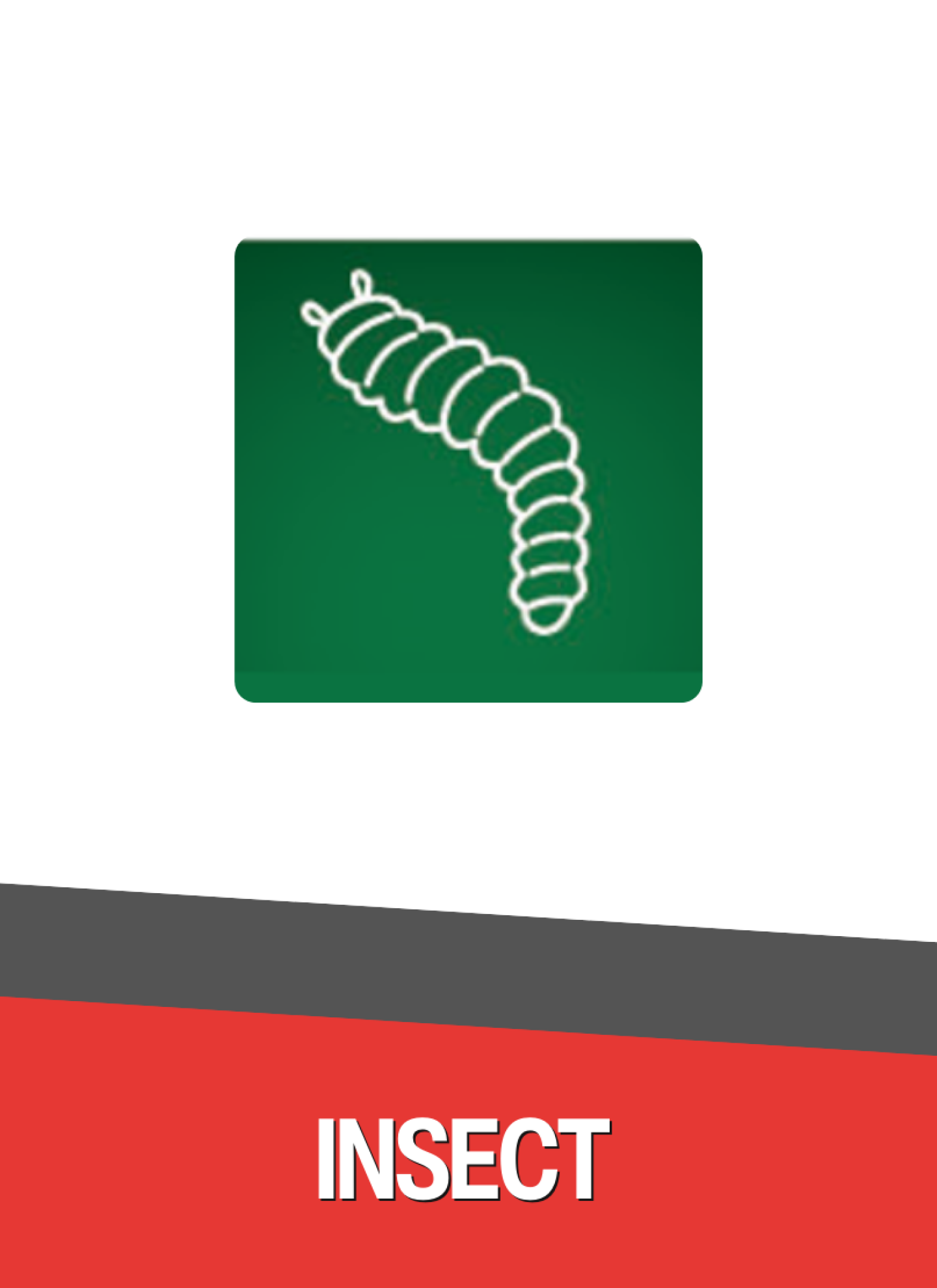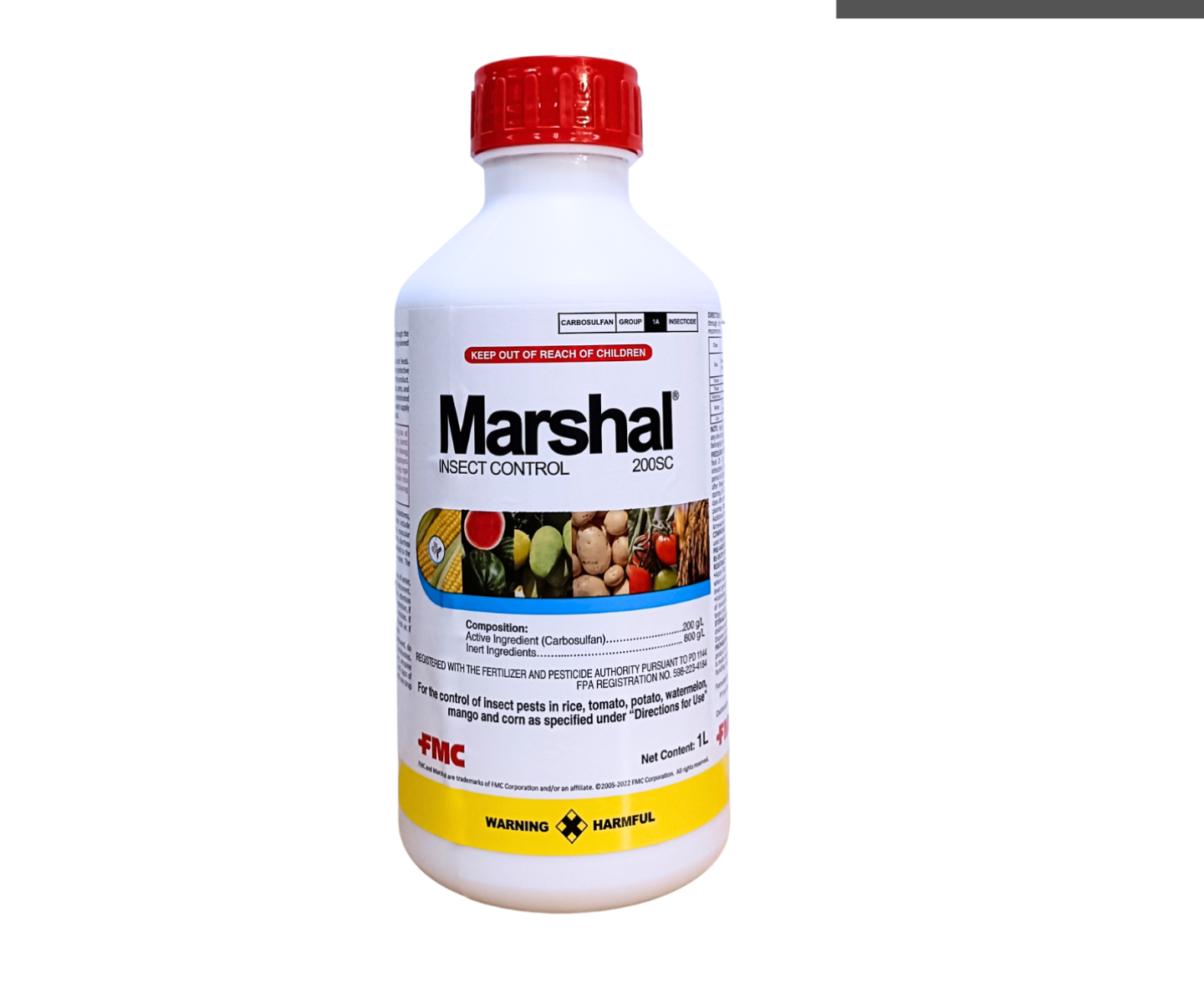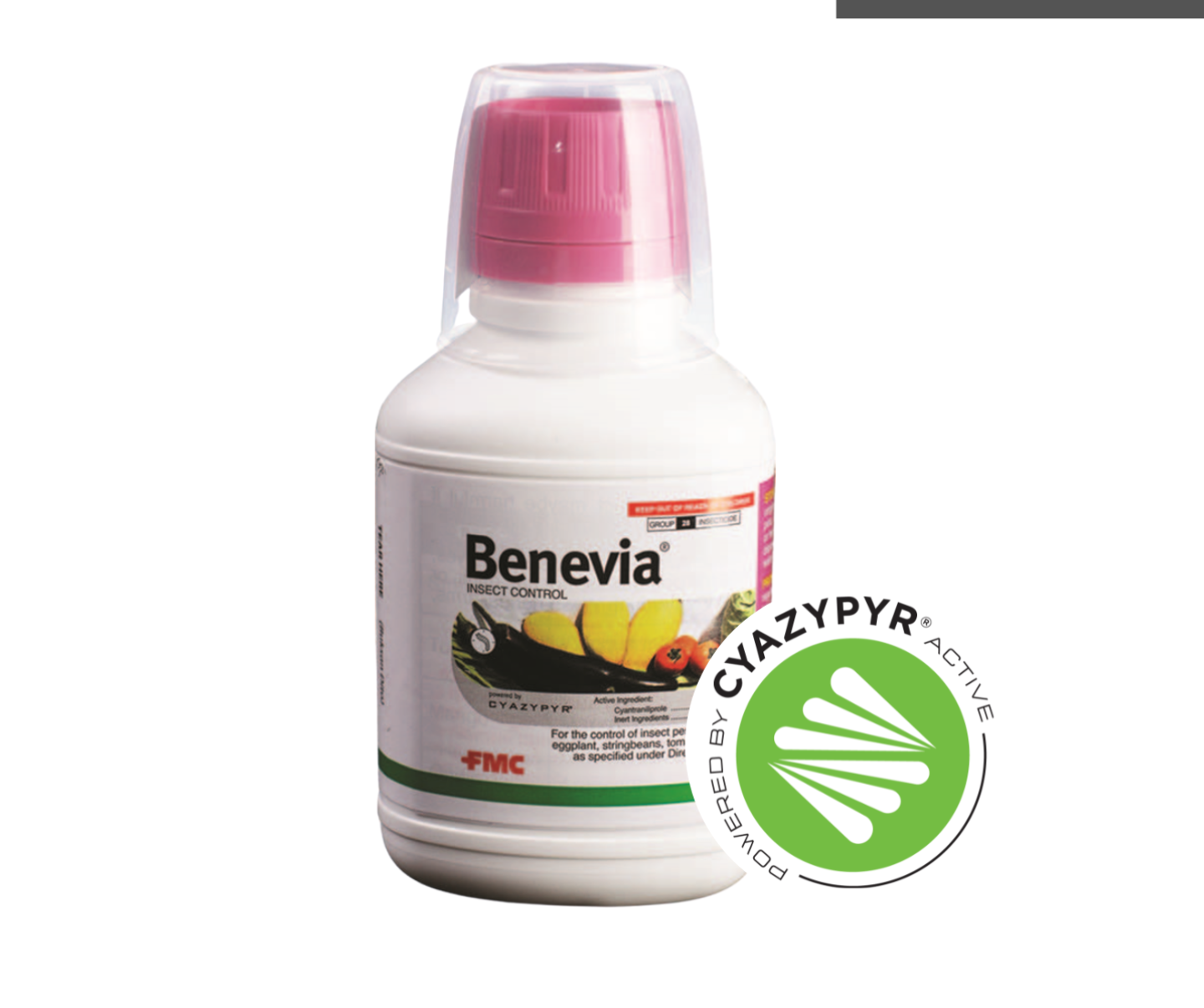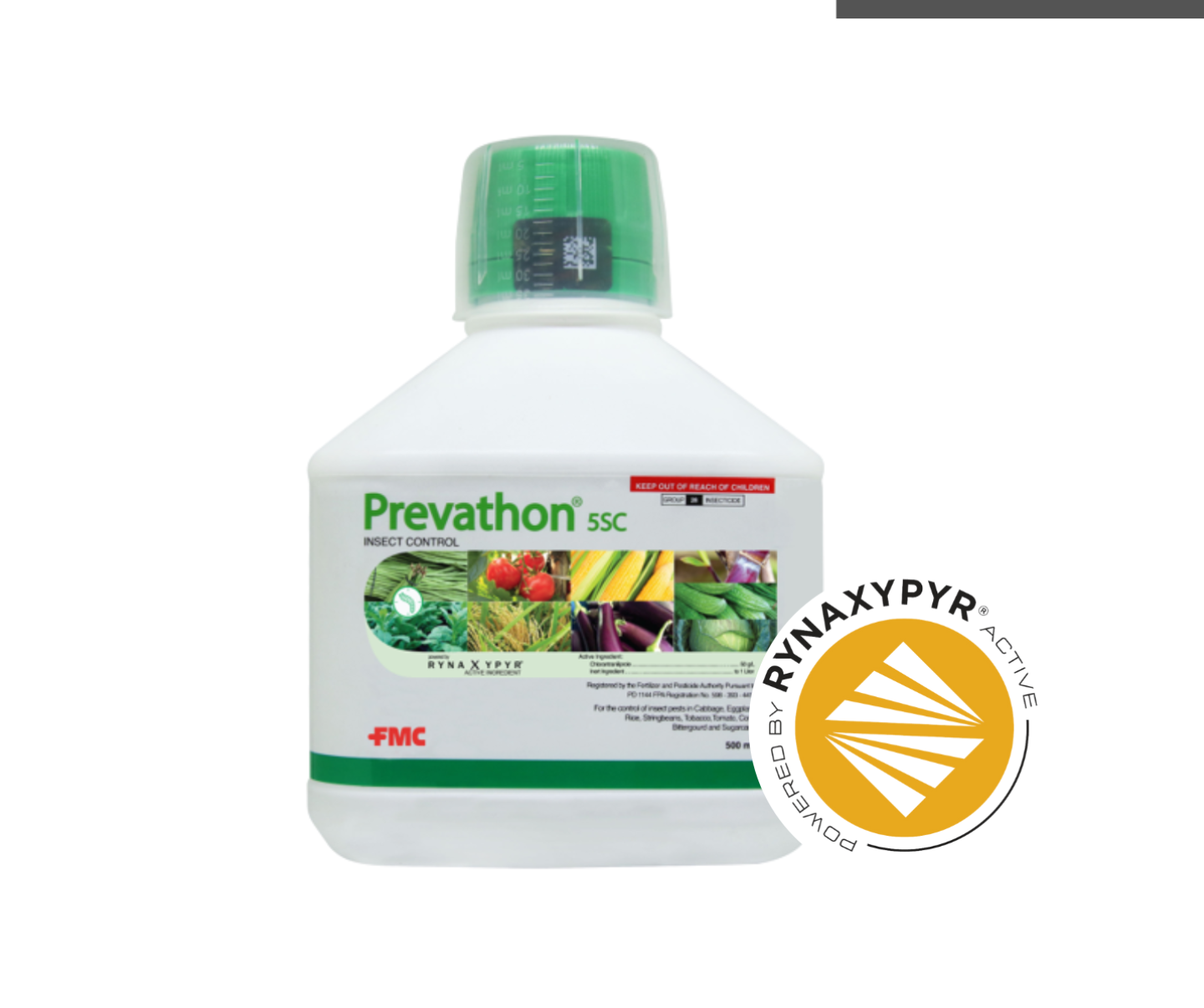Fruitworm
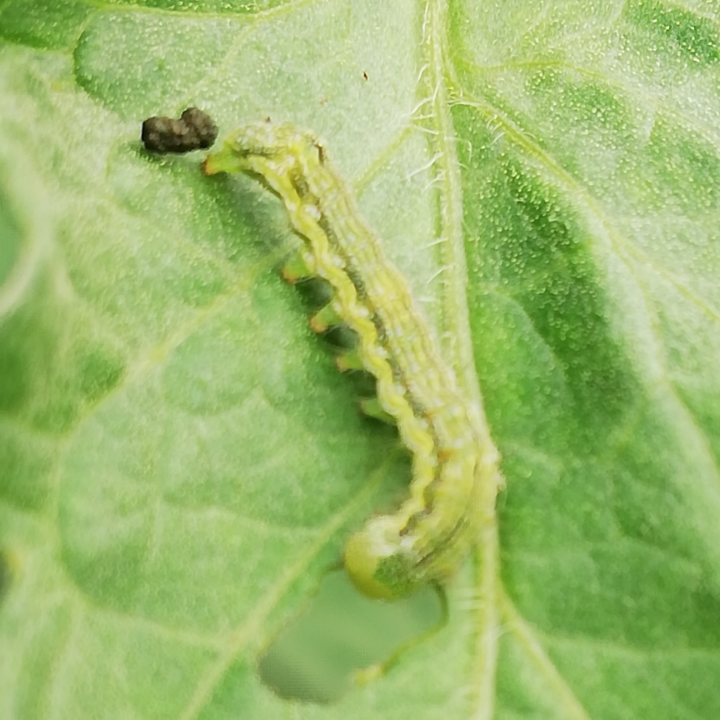
Tomato fruitworm (Helicoverpa armigera). Full-grown larvae are olive-brown, tan, maroon, pink or black with three or four dark stripes along their backs; the head is yellow and not spotted.
What are the symptoms
Young larvae feed on flowers, flower buds and young fruits while older larvae bore and feed on mature fruits.
Secondary infections and infestations caused by pests & diseases may lead to rotting.
Impact to the crop
Direct feeding and secondary infection lead to a significant decrease in both quality and quantity of yield.
How to control
√ Utilization of recommended biological control agents such as Trichogramma sp., Bacillus thuringiensis and Nucleopolyherdosis virus (NPV) in controlling fruitworm
√ Integrated pest management and use of efficient and registered insecticides
Source: Dela Cueva, et. al., 2015
